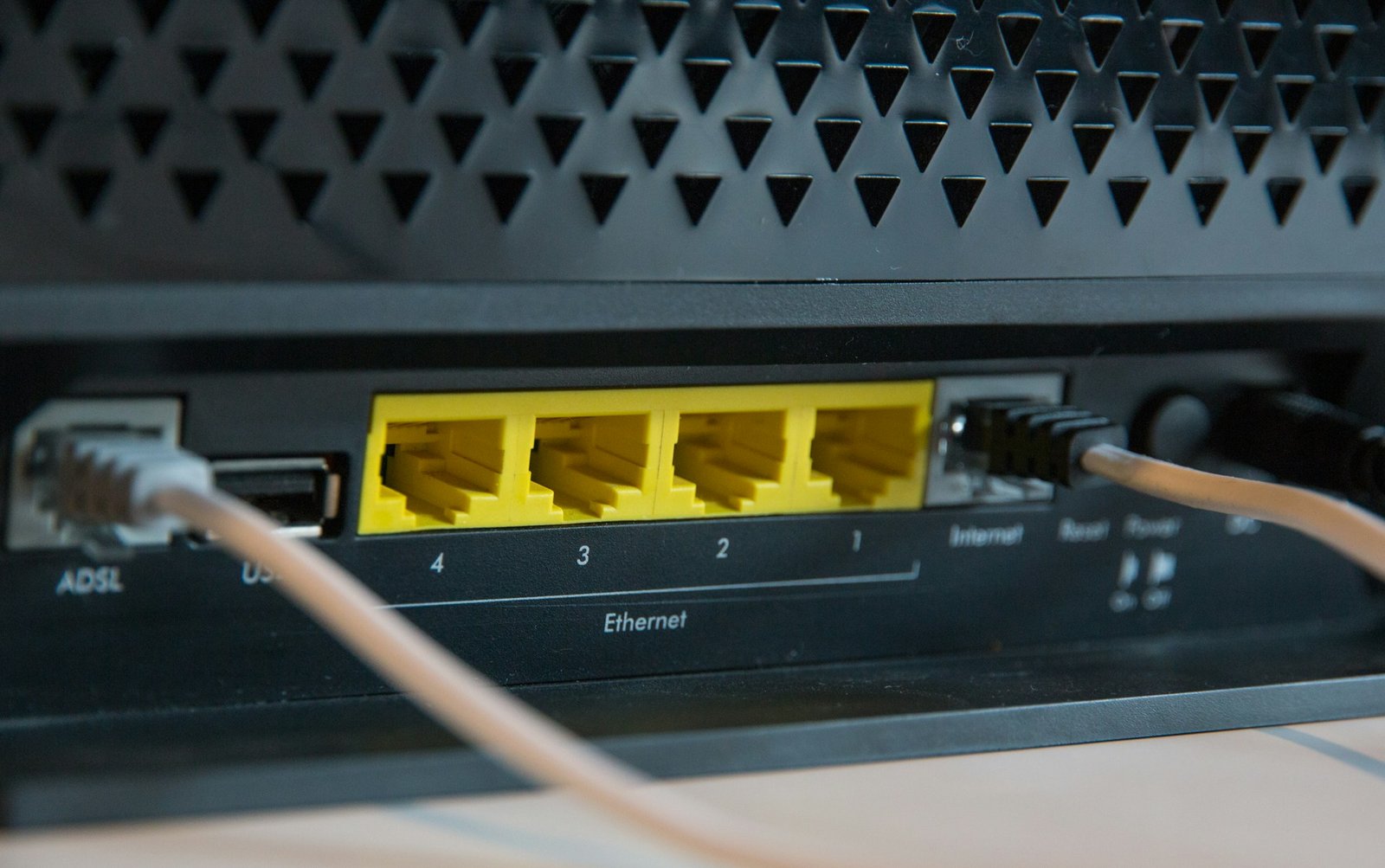Connectivity is the lifeblood of the digital nomad. Without a reliable internet connection, the dream of working from anywhere quickly crumbles. While the romanticized image of working from a remote beach hut is appealing, the reality demands robust solutions to stay productive, connected, and sane. Ensuring reliable internet on the go requires a multi-pronged strategy, combining various tools and habits to minimize downtime and maximize peace of mind.
1. The Connectivity Conundrum for Nomads
Unlike traditional office workers with stable, fixed internet lines, digital nomads face a constantly shifting landscape of connectivity.
- Varying Infrastructure: Internet speeds and reliability differ wildly from country to country, city to city, and even neighborhood to neighborhood. What’s excellent in one capital might be non-existent in a rural town.
- Cost Fluctuations: Data costs can range from incredibly cheap (e.g., Southeast Asia) to prohibitively expensive (e.g., some island nations or certain roaming plans).
- Security Risks: Reliance on public Wi-Fi networks in cafes, airports, and hotels exposes you to potential security vulnerabilities.
- Dependence on Income: Your livelihood directly depends on a stable connection. A dropped video call or an inability to upload a file can mean lost income or client frustration.
- Isolation in Remote Areas: While many nomads seek off-the-beaten-path locations, these often come with the trade-off of limited or no internet access.
2. Your Primary Arsenal: SIM Cards & eSIMs
For most digital nomads, mobile data remains the most flexible and widely available connectivity solution.
Local SIM Cards
- How it Works: Upon arrival in a new country, you purchase a physical SIM card from a local provider, insert it into your unlocked phone, and buy a data plan.
- Pros:
- Cost-Effective: Often the cheapest option for high data allowances within a single country.
- Best Local Speeds: You’re on the local network, ensuring optimal performance where available.
- Local Number: Provides a local phone number, useful for deliveries, local contacts, or authenticating apps.
- Cons:
- Hassle: Requires physically swapping SIM cards, potentially losing your home SIM.
- Activation Issues: Can involve language barriers, registration processes, or specific ID requirements.
- Single Country: Only works in the country where it’s purchased.
eSIMs (Embedded SIMs)
- How it Works: An eSIM is a digital SIM profile built directly into newer smartphones and devices. You can purchase and activate data plans remotely via an app or QR code, without needing a physical card.
- Pros:
- Ultimate Convenience: Buy and activate plans from anywhere, even before you land. No physical swapping.
- Multiple Profiles: Store several eSIM profiles on one device, easily switching between country-specific or regional plans.
- Keep Your Home Number: Your physical SIM slot remains free for your primary SIM, allowing you to receive calls/texts on your home number while using eSIM for data.
- Flexibility & Cost: Increasingly competitive pricing for data-only plans, often cheaper than international roaming.
- Cons:
Understanding the nuances of these options is crucial for seamless connectivity. For a detailed breakdown of providers and choices, explore comprehensive guides like Internet & SIM Cards for Digital Nomads.
3. Portable Wi-Fi Devices (Mobile Hotspots)
These dedicated devices act as a personal Wi-Fi router, connecting to cellular networks and broadcasting a Wi-Fi signal for multiple devices.
- How it Works: Insert a local SIM card (or sometimes an international roaming SIM) into the portable Wi-Fi device, power it on, and connect your laptop, tablet, and phone to its Wi-Fi network.
- Pros:
- Multi-Device Connectivity: Ideal for connecting several devices simultaneously without draining your phone’s battery via tethering.
- Consistent Connection: Often designed for stronger signal reception than a phone.
- Dedicated Battery: Has its own power source, preserving your phone’s battery life.
- Security: Creates a private network, more secure than public Wi-Fi.
- Cons:
4. Satellite Internet (e.g., Starlink)
For the true adventurer venturing far beyond traditional cellular coverage, satellite internet is becoming an increasingly viable, albeit niche, option.
- How it Works: A portable satellite dish (like Starlink Mini) connects to a constellation of satellites in low Earth orbit, providing broadband internet access.
- Pros:
- Global Coverage (Near): Provides internet in extremely remote areas where no other options exist (deserts, oceans, deep mountains).
- High Speeds: Can offer surprisingly fast download and upload speeds.
- Cons:
- High Cost: Significant upfront hardware cost (hundreds of dollars) and expensive monthly subscriptions.
- Bulky Equipment: While “portable,” it’s still a dish and requires a clear sky view. Not something you toss in a small backpack.
- Power Consumption: Requires substantial power.
- Latency: Higher latency than terrestrial internet, though LEO satellites significantly reduce this compared to older geostationary ones.
- Regulatory Hurdles: Requires specific plans or permits to use across international borders.
5. Leveraging Public Wi-Fi & Coworking Spaces (with Caution)
While not your sole solution, these can be valuable components of your connectivity strategy.
Public Wi-Fi
- Where: Cafes, hotels, airports, libraries, and public squares.
- Pros: Often free, readily available in urban areas.
- Cons:
- Security Risks: Open networks are vulnerable to data interception. Always use a VPN (Virtual Private Network) when connecting to public Wi-Fi to encrypt your traffic.
- Unreliability: Speeds can be inconsistent, subject to congestion, or have time limits.
- Distractions: Working in public spaces can be noisy or distracting.
Coworking Spaces
- How it Works: Paid memberships offer dedicated workspaces, usually with high-speed, secure internet.
- Pros:
- Guaranteed Fast & Secure Internet: Designed for productivity, often with redundant connections.
- Professional Environment: Fewer distractions, ideal for calls and focused work.
- Community: Opportunity to network with other remote workers.
- Cons:
- Cost: Daily, weekly, or monthly fees add to your expenses.
- Limited Hours: Access might be restricted to specific operating hours.
6. The Redundancy Principle: Your Nomad Internet Strategy
The most crucial “hack” for reliable internet is having a redundancy strategy. Never rely on a single source.
- Primary: A local SIM/eSIM with a generous data plan on your smartphone (used for tethering).
- Backup 1: A portable Wi-Fi device with a different local SIM, or a multi-country eSIM solution (like Airalo, Holafly, Nomad). This provides a second network option.
- Backup 2: Access to reliable public Wi-Fi (e.g., a favored cafe, your accommodation’s Wi-Fi) is always used with a VPN.
- Backup 3 (for emergencies): A pre-downloaded offline work mode for critical tasks, knowing key offline maps, and having a local emergency plan.
- Extreme Backup (for the truly remote): Consider satellite internet if your travels take you far off the grid.
Conclusion: Stay Connected, Stay Productive
Ensuring reliable internet as a digital nomad is less about finding a single magic solution and more about strategic preparation and embracing redundancy. By combining the flexibility of eSIMs and local SIMs with the dedicated power of portable Wi-Fi, while judiciously utilizing public networks (always with a VPN), you build a robust connectivity fortress. This proactive approach ensures that no matter where your adventures take you, you remain productive, connected to your clients and loved ones, and truly able to live the dream of borderless work. Your internet connection is your lifeline; protect it, diversify it, and empower your nomadic journey.







